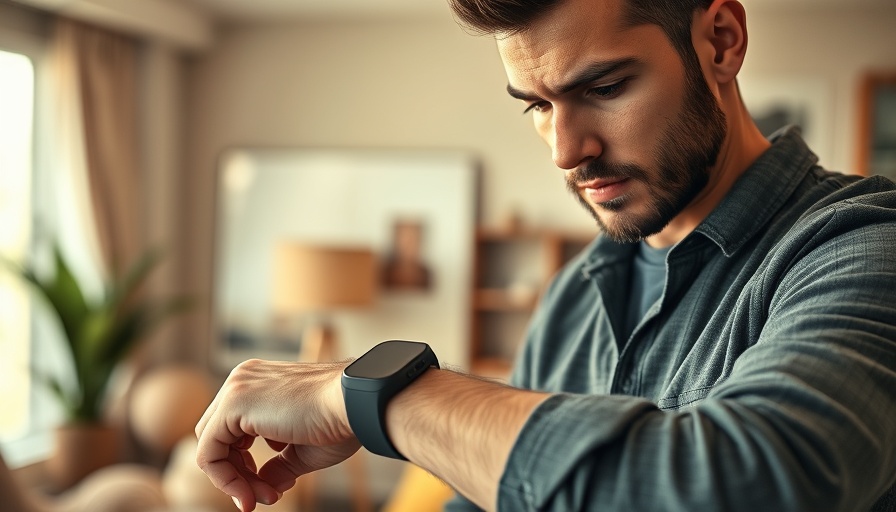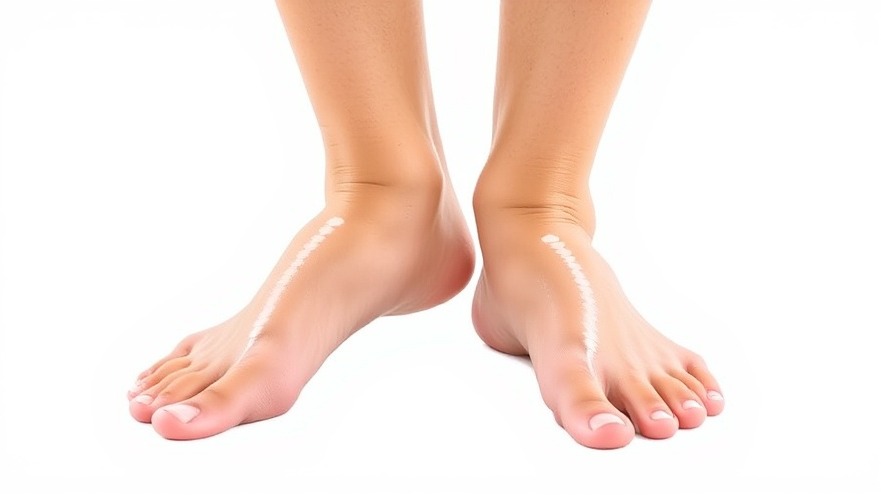
Revolutionizing Fitness Tracking for Everyone
For many, fitness trackers are indispensable tools, helping monitor daily calorie burn and motivating individuals toward healthier lifestyles. However, a significant gap has persisted in these devices for those with obesity, leaving many feeling discouraged and misunderstood in their fitness journeys.
A Breakthrough in Technology
Researchers at Northwestern University have risen to the occasion with a game-changing algorithm designed to accurately monitor calories burned by individuals with obesity. Developed by Nabil Alshurafa's HABits Lab, this open-source smartwatch algorithm boasts over 95% accuracy, a benchmark that rivals even lab-grade equipment. The pivotal moment came during a fitness class when Alshurafa witnessed his mother-in-law’s efforts go unrecognized on a fitness leaderboard, motivating him to fill this critical void in fitness technology.
The Importance of Accurate Tracking
Despite the popularity of fitness trackers, many standard algorithms fail to account for the unique physical characteristics of individuals with obesity, particularly when it comes to activity monitoring. Factors such as altered walking gait, speed, and energy expenditure often lead to frustrating inaccuracies. When fitness trackers miscalculate energy expenditure, feelings of inadequacy can result, driving users to abandon their fitness efforts entirely.
How This Algorithm Works
The new algorithm focuses on wrist-worn devices, offering more comfort and a more accurate reflection of daily activity for users. Unlike conventional hip-worn trackers, which struggle with miscalculating energy burn due to body weight and gait variations, this wrist-based system provides a clearer picture. It uses a validated approach, incorporating data from testing against eleven other algorithms, ensuring users are now equipped with reliable information to make informed health decisions.
A Broader Vision: Innovative Tools for Wellness
The introduction of this updated technology supports a larger movement towards inclusivity in fitness. As society advances, wearable technology such as smart insoles and enhanced shoe designs become integrated into everyday exercise routines. These "smart insoles" have emerged as vital, using sensors to monitor walking posture, assisting users in correcting their gait, and even preventing falls in seniors. Innovations like these not only make fitness more approachable but also stress the importance of proper foot health, especially in the context of preventing diabetic foot ulcers.
What This Means for Health Trends
As we look toward the future of fitness tracking, it's crucial to recognize how accurately measuring activity plays an integral role in personal health. More than mere statistics, daily step counts, ideally around 7,000, hold the promise of reducing mortality risk significantly – by as much as 47%. This data can empower individuals to engage in fitness in a sustainable manner and promote longevity.
The Road Ahead: Broader Implications
What does this all mean? Providing realistic health insights to users with obesity could catalyze broader changes in public health strategies. It's essential to ensure that everyone—regardless of body type—has the opportunity to engage in health and fitness trends without the constraints of outdated technology.
Call to Action
Are you ready to embrace this revolutionary approach to fitness tracking? Look out for the new activity-monitoring app set to hit both iOS and Android later this year. This could be your opportunity to take control of your health journey with confidence!
 Add Row
Add Row  Add
Add 




Write A Comment